Chocolate cutting trick
https://www.youtube.com/watch?v=dmBsPgPu0Wc
I recently watched this video which showed someone cutting up a bar of chocolate. Originally I questioned where the maths was in this, until I looked further into this. I watched this video several times and tried to work out how a bar of chocolate could be cut up, with a piece taken away but still fit together looking as if the bar of chocolate never changed at all (I wasn’t complaining that bar didn’t get smaller!)
I wrote a list of instructions to work this puzzle out:
- Remove the red rectangle
- Move the green trapezoid to the left
- Move the blue trapezoid to the right
This is the bar of chocolate which is not yet cut, but shows the lines where it would be cut into the different pieces. I then moved all the pieces like in the video and discovered that the car of chocolate, unfortunately does get smaller. But how does that work when it still looks the same? The picture below shows that when you take the single rectangle away, the bar of chocolate gets smaller. So how do this work? What’s the mathematics behind it?
So, where’s the maths in all of this?
First, we need to find the area of the original bar of chocolate.
Length = 6cm
Width = 4cm
Area = Length x Width
Area = 6cm x 4cm
Area = 24cm2
So, to calculate how much surface area is left when the piece is taken away we need to work out what size each piece of chocolate is and in this case, I have worked it out to be 1cm. So, finally to work this out is rather simple. All that we need to do now is find the surface area of the single piece which is 1cm x 1cm which is 1cm2 and then take this away from the total surface area.
24cm2 – 1cm2 = 23cm2
So the infinite bar of chocolate, isn’t really infinite at all!




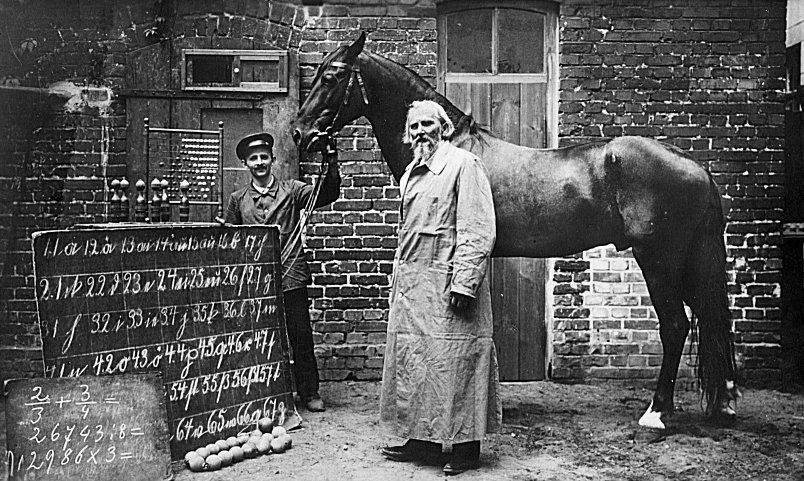
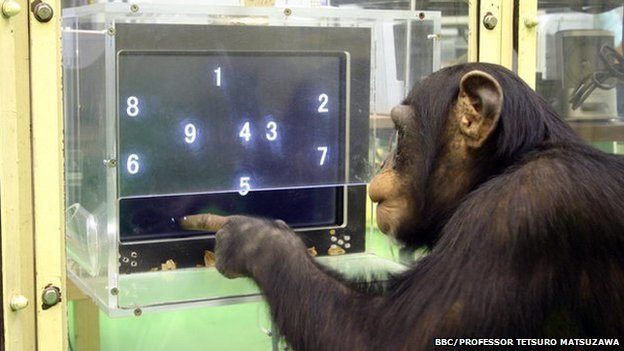
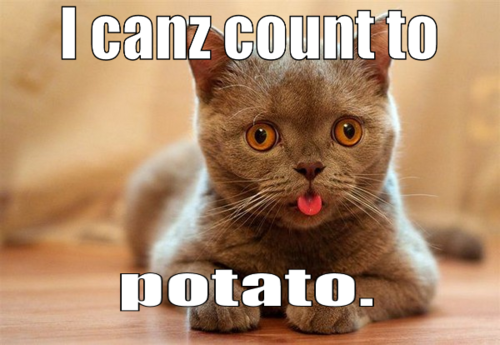

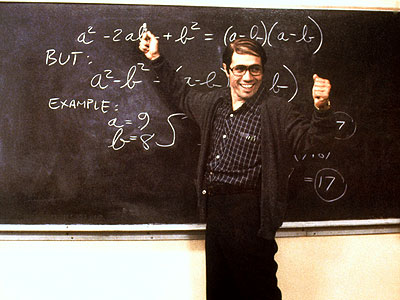
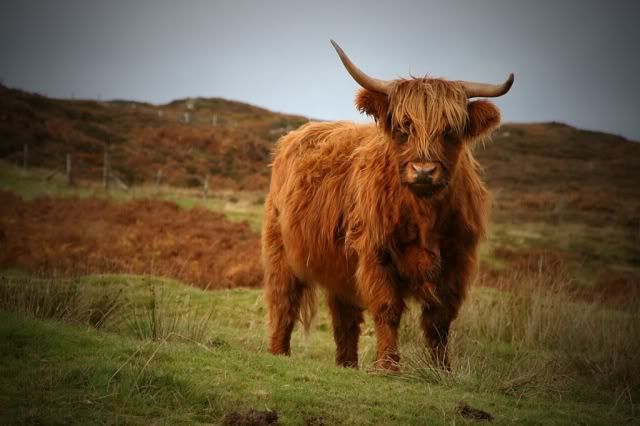

 n it, it can be very messy! I used the crayons and pastels to create different patterns with different colours. I drew squares of different colours, flipped the page and placed it onto another piece of paper. By writing and drawing on this side of the paper, the image that I had drawn was transferred onto the paper underneath mirroring what I had drawn. This is a very good technique to use and could be very effective to use in an art lesson with my class.
n it, it can be very messy! I used the crayons and pastels to create different patterns with different colours. I drew squares of different colours, flipped the page and placed it onto another piece of paper. By writing and drawing on this side of the paper, the image that I had drawn was transferred onto the paper underneath mirroring what I had drawn. This is a very good technique to use and could be very effective to use in an art lesson with my class. ng for an art lesson. By using a sponge I could see that there are so many different ways in which you can use paint. After drawing a design with crayons and pastels, I used block paint with a lot of water to paint over this. The crayon and pastel resisted the paint and I found this extremely effective. I found this very interesting as the different types of paint gave completely different effects. It enabled me to see that the different paints mix and blend together in completely different ways. Although the most popular type of paint to use is acrylic paint, block paint/poster paint can last a lot longer and can create beautiful pieces of artwork such as watercolours.
ng for an art lesson. By using a sponge I could see that there are so many different ways in which you can use paint. After drawing a design with crayons and pastels, I used block paint with a lot of water to paint over this. The crayon and pastel resisted the paint and I found this extremely effective. I found this very interesting as the different types of paint gave completely different effects. It enabled me to see that the different paints mix and blend together in completely different ways. Although the most popular type of paint to use is acrylic paint, block paint/poster paint can last a lot longer and can create beautiful pieces of artwork such as watercolours.

